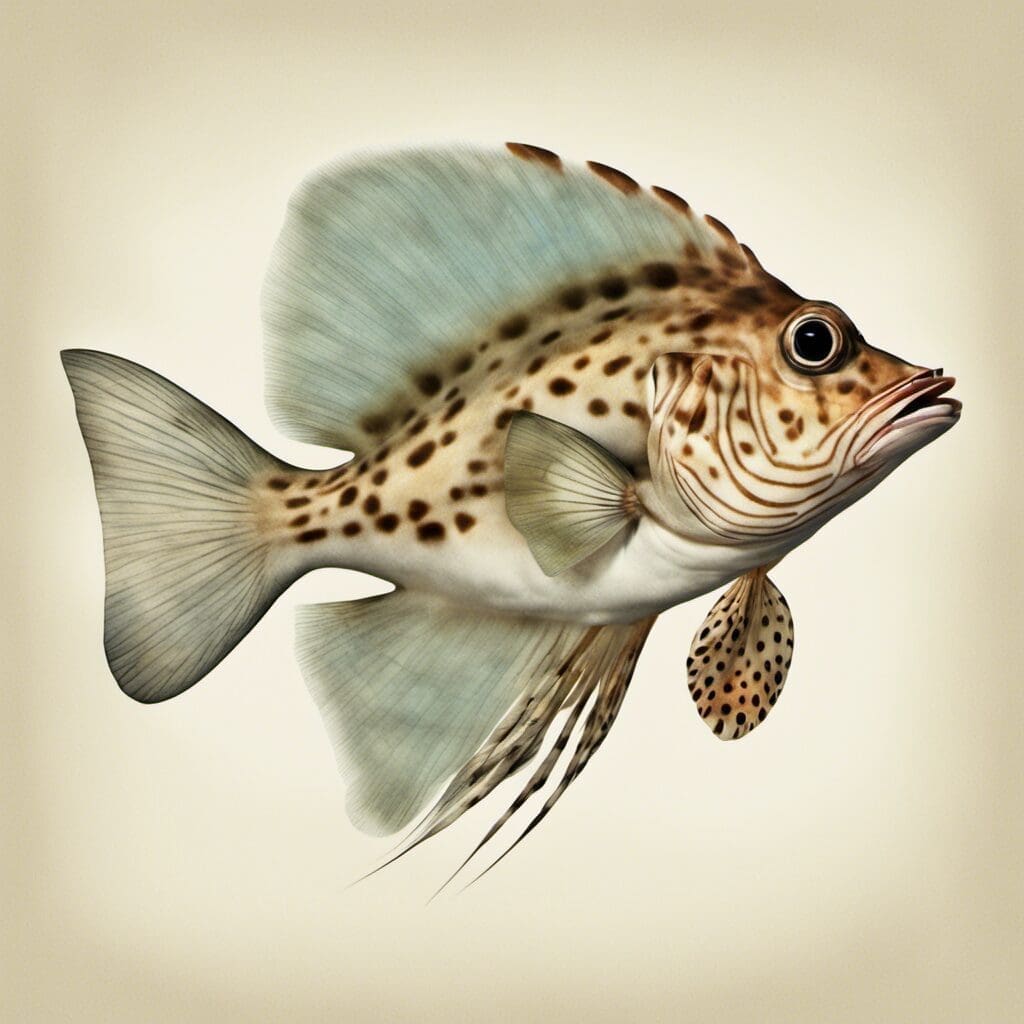Conservation Status
Current status: Least Concern (LC)
Conservation efforts: Not specifically targeted for conservation, due to widespread distribution and lack of substantial threats.
Statistics
| Length (Average) | Weight (Average) | Average Lifespan |
|---|---|---|
| 50 cm | 1.36 kg | 10 years |
Distribution
Regions/Countries: Tropical waters of the Atlantic, including the Gulf of Mexico, Bermuda, and the Bahamas.
Migration patterns: No substantial migration, tends to stay in warm, shallow waters year-round.
Habitats
Water type: Saltwater
Depth range: Typically found at depths of 30-100 meters.
Temperature range: Prefers warm, tropical waters typically between 20-28 °C.
When and Where to See
Seasonal patterns: Can be observed throughout the year in tropical regions.
Time of day: Mostly active during twilight hours, known as crepuscular behaviour.
Best Fishing Locations
While the Flying Gurnard can be found throughout the warmer oceans, some of the leading locations to find them are:
- Bahamas
- Bermuda
- Gulf of Mexico
- Caribbean waters
- Coastal areas of Florida
- Coastal regions of South America
How to Catch
Preferred bait or lures: Small crustaceans or fish.
Fishing techniques: Typically caught using bottom fishing techniques due to their preference for shallow, sandy bottoms.
Best time of day or season for fishing: May be caught year-round in warm waters, with increased activity during twilight hours.
Identification Guide
Physical characteristics: Noted for its large, wing-like pectoral fins, bright blue edges, and patterned body.
Comparison with similar species: Compared to other gurnards, the flying gurnard is larger and has a more vibrant coloration.
Additional Information
Behavior: Not a strong swimmer, typically glides along the ocean floor hunting for small invertebrates.
Predators and Threats: Predators include larger fish and sharks, with no substantial human-induced threats reported.
Cultural/ Historical Significance: The gurnard’s unique appearance has made it a favourite for aquarium displays, and it frequently appears in folklore as a magical creature due to its ‘flying’ abilities.
References and Further Reading
To learn more about the Flying Gurnard, consider the following sources:

